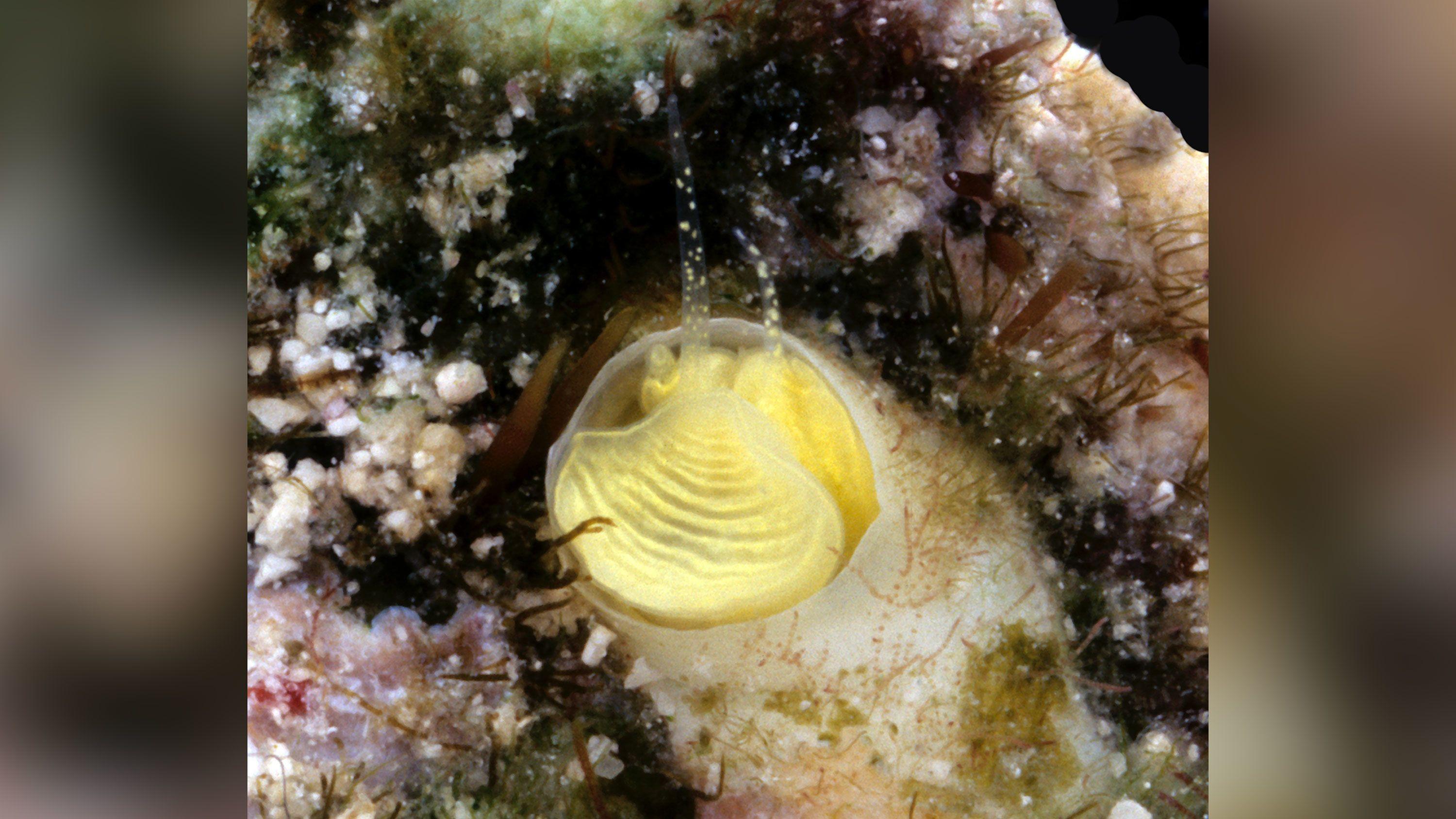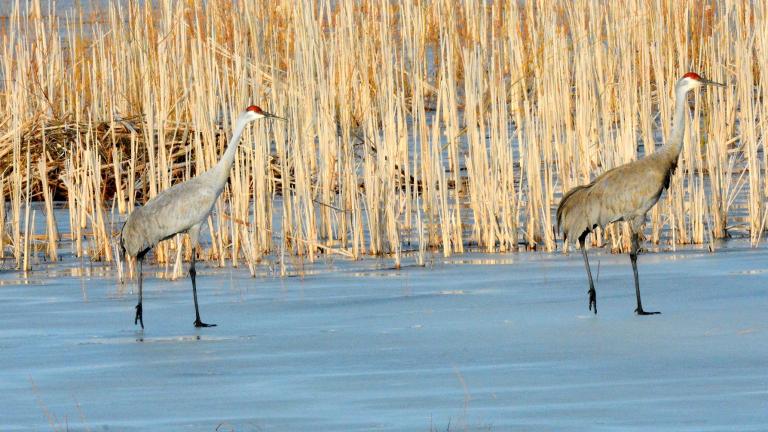
(CNN) — The late singer-songwriter Jimmy Buffett has an unsuspecting figure to add to his legacy — a newly discovered species of sea snail found in the Florida Reef.
Named Cayo margarita as a nod to Buffett’s song “Margaritaville,” the bright yellow specimen is a worm snail, a type of mollusk that sticks to hard surfaces within the coral reef and forms a tubular shell around itself, according to a study published Monday in the journal PeerJ. (Buffett died Sept. 1 at age 76.)
Biologist Rüdiger Bieler, the report’s lead author, first saw the snail while scuba diving and noted its citrusy color, which reminded him of the popular cocktail.
“In some ways, our team was no stranger to the regional signature drink. And of course, Jimmy Buffett’s music,” Bieler said, calling himself “a bit of a Parrothead,” as fans of the singer are known. “So when we came up with a species name, we really wanted to allude to the color of the drink and the fact that it lives in the Florida Keys.”
Bieler, who is curator of invertebrates at the Field Museum of Natural History in Chicago, said the discovery of Cayo margarita has contributed to a better understanding of the biodiversity within coral reefs.
“This is a rather charismatic little snail that can show us how little we know about the biological diversity around us,” Bieler said. “You have a lot of tourists snorkeling, diving in that area, and still there are undescribed and understudied organisms right under our noses.”
He said he also hoped the newfound species would help to illuminate threatened coral reefs, particularly the Florida Reef, the only living coral barrier reef in North America.
This Snail Isn’t Slow. It’s Motionless
Bieler has been researching invertebrates in the Atlantic Ocean for four decades, but he said this snail most likely slipped under the radar due to its diminutive size. In contrast to other species of worm snails, which Bieler compared to the size of human fingers, this genus is rather small, with the opening of its shell only the size of a pencil eraser.
What’s more, the worm snail is free-roaming as a juvenile, most likely for a few hours, Bieler said, but then attaches itself to a piece of coral and stays put for the rest of its life. To capture its food — plankton and waste matter — Cayo margarita creates a spiderlike web of mucus as a trap, according to the study.
The little snail’s bright color caught researchers’ attention. Given its vulnerability as a sessile, or immobile, creature, the researchers were surprised to see its luminosity, which Bieler described as “an advertisement to their presence.” Not only that, but this species of mollusk does not form a trapdoor-like shell as other worm snails do, leaving its head exposed to the wide ocean.
“There’s so much biodiversity — so many fish and crabs and so many other organisms — pretty much everybody is out to eat you,” Bieler said.
But after close study of the snail, researchers found that any fish that had tried to taste the mollusk would quickly swim away. Bieler suspects the snail’s bright yellow (or key lime) hue is a defense mechanism to ward off predators and warn them of mucus that contains distasteful metabolites.
“Admittedly, snails are usually fairly slow, but there’s this big biological difference between being slow and not moving at all,” Bieler said. “Evolutionarily speaking, they had to invent new ways of feeding, new ways of protecting themselves, new ways of reproducing.”
More Snail Discoveries
In total, the study describes four snails placed in a new genus the scientists named Cayo, the Spanish word for a small island or key. The sea snails are a part of the same family of an invasive species discovered in 2017 in the Florida Keys that is scientifically named Thylacodes vandyensis. The Cayo snails, however, are currently believed to be local and not invasive, Bieler said.
The threatened state of coral reefs affects much of ocean life, but the Cayo snails are not too picky about where they live, Bieler said, basically needing only a hard surface to stick to and access to plankton.
“What they need is essentially a little free piece of real estate, which is hard to come by in the coral reef, and where they are often going are dead spots on coral heads,” Bieler said. “We’re seeing that these worm snails are making good use of this newly freed up real estate because the coral reefs are so stressed.”
The-CNN-Wire™ & © 2023 Cable News Network, Inc., a Warner Bros. Discovery Company. All rights reserved.








